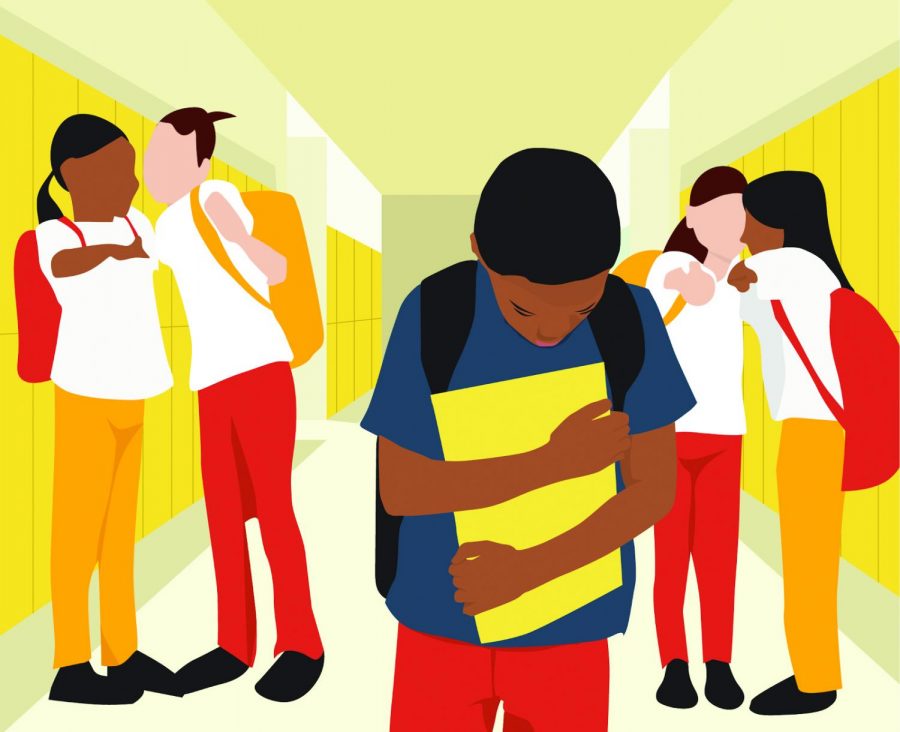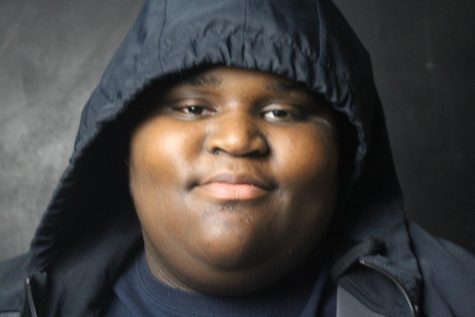Restorative Justice
Exploring new ways that schools deal with bullying incidents
One of the problems with school systems nationwide is, and has been for a long time, how to deal with bullying. Most students agree that whatever teachers and schools do to stop bullying is not enough.
It is the school’s responsibility to be vigilant of what happens on school grounds. According to the National Center for Bullying Statistics (NCES), around 20 percent of students in a 2016 study revealed that they had been bullied. Of those people who say that they have been bullied, one-third of them say that they were being bullied more than once or twice a month.
To many, it does not seem the responsibility of teachers to deal with it themselves, even though they should, and oftentimes do receive the proper training to deal with it and assume a bigger role. Most bullying does occur in a school setting, so it should be the teacher’s, or another school staff member, stop it in classrooms and hallways.
Far too often this sort of thing happens under a teacher’s nose, and in those circumstances the teachers and staff should be able to prevent and stop this process.
Counselor Brad Cangany also feels like the schools should have a bigger role. “I think so yeah, it is our responsibility to provide an environment where all students feel safe and secure” said Cangany.
Often times it may be difficult for a teacher or administrator to tell when bullying occurs. According to NCES, of the students who reported being bullied, only five percent reported being pushed, shoved, tripped, or spit on. Those five percent of incidents would be apparent evidence to teachers that they would need to step in, but other times it could be hard to tell when intervening would help, and when it would be an overreaction.
When Cangany was asked how and if he can tell when someone is being bullied, he had an unsure response. “I will see students and I will wonder: Is that student bothering this other student? And then as I watched them and I then I see their eyes, and then maybe they appear relaxed in their face or whatever and I think okay it must not be bullying, because that student is not feeling threatened.”
Cangany can clearly define bullying as “It has to be an ongoing effort by one person to intimidate or harass another student. It has to have three separate incidents of what’s happened. If it happens once, okay it’s, mean it’s rude behavior, but it’s not bullying yet. It happens a second time, okay we’ve got another time. And then when it happens a third time we call it bullying.”
Bullying is not a new problem, and schools have tried to deal with it in different ways for a long time. Traditionally, the offender will face some sort of punishment, like a suspension. We don’t know if this is the most effective way to deal with this conflict, and if it really works the way that it is supposed to.
There is a similar debate about the effectiveness of different deterrents in the criminal justice world as well. Many believe that punishments like prison do not effectively deter crime, and there is evidence about how those who go through the prison process are likely to reoffend. We can see these statistics come into play according to the Bureau of Justice Statistics (BJS) in a study starting in 2005, where 68% of those former convicts reoffended in the first three years after release, and 83% of them reoffended in the nine years following being released from prison. Another important statistic would support the assertion that this sort of punishment can cause crime and be bad for those incarcerated would be the recidivism for drug offenders, 77% of whom reoffended in non-drug crimes in those nine years.
One could only imagine that there would be similar effects on punishments in schools for those who get similar punishments like suspension and expulsion. If it is blatantly obvious that these sort of punishments do not stop people from committing crimes in the real world, what would be different in the school setting. Suspending a student for bullying might be justice for what he has done, but might not necessarily stop him from bullying again.
Recently, other ways to deal with these issues have come up. Cangany has talked about efforts to implement methods of restorative justice and mediation. “Well there’s different approaches. Some districts have tried some attempts where they work with the person who caused the trouble, and they use this what this is called ‘Restorative Justice’. And that is very hard to implement, but some people have tried to use that, and I don’t think that we have gotten very far with that.”
Restorative justice is a practice that is already in play in the criminal justice world. In the real world, restorative justice will be put in place for the offender to reconcile with the community and those affected. This practice has the values of prioritizing rehabilitation and preventing future offences, and has been used in non-westernized versions of criminal justice for a long time.
On the other hand, there are downsides and faults in using mediation. “Mediation is a tricky thing, because in order for mediation to work, you have to have both parties buying into it. So in this case you have to have a bully who says; ‘I admit my behavior has been aggressive and I am willing to look into different ways of handling it’. I don’t see too many teenagers who engage as bullies buying into that,” said Cangany.











